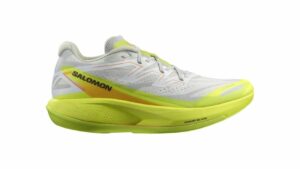Better Core Endurance May Not Counteract Breakdown in Running Form: Study
A new study shows that novice runners with better core endurance tend to suffer a more pronounced “trunk tilt” and overpronation of the ankles when they’re fatigued than those with poorer core endurance. The researchers say the findings don’t mean that runners should stop doing core work.


A new study shows that novice runners with better core endurance tend to suffer a more pronounced “trunk tilt” and overpronation of the ankles when they’re fatigued than those with poorer core endurance. The researchers say the findings don’t mean that runners should stop doing core work but that there may be much more involved in maintaining form when you’re fatigued than your ability to hold a plank position for longer.
The study, published in the Journal of Science and Medicine in Sport, examined 17 novice runners who underwent a “running-induced fatigue protocol, ” with the scientists measuring their trunk flexion and inward roll of the ankles before the after the run. The counterintuitive findings showed those subjects with the better core endurance for trunk extension actually suffered worse trunk flexion when they were running tired.
It’s only one small study, and the authors say more research is needed to shed light on the effects of fatigue on biomechanics and kinematics among runners. After all, most of us spend a fair amount of time running in a fatigued state, and most of the research on running form involves fresh-legged subjects.


